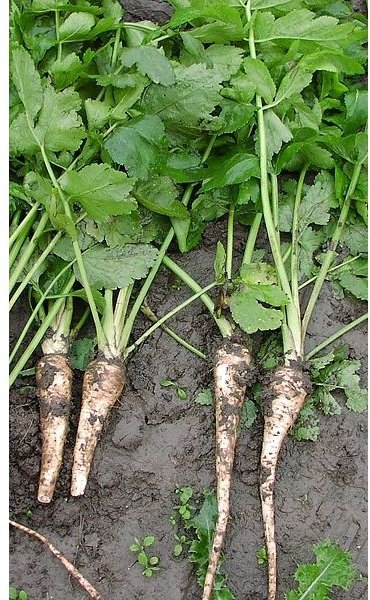

I suggest removing them carefully shortly after harvest.
#Parsnips nutrition skin
Just be sure to wear gloves when you are harvesting your homegrown roots! The leaves of the plant are not edible, and they can cause skin irritation. Raw parsnips may be tougher and less palatable (they have a bit of a woody texture in comparison to carrots), so you may prefer to cook them, depending on your preferences. This vegetable can be eaten raw or cooked, bringing a lot of flavor to the table either way. Parsnips can be overwintered in the soil for a sweet and tender harvest in the late winter or early spring – and the reward is worth the wait, I promise! This biennial root is typically grown as an annual crop, and it flowers and goes to seed after emerging from dormancy in the second year if roots are left in the ground.

Like beets, as well as turnips and other Brassicas, they actually get sweeter after the arrival of a winter frost. It is being studied for its cancer-fighting properties, which come from a phytochemical called falcarinol.The parsnip, Pastinaca sativa, is a vegetable closely related to carrots and parsley, all members of the Umbellifer family. It’s rich in potassium and a respectable source of calcium, iron, Vitamin C and folate. One cup of raw parsnips contains six grams of fiber, at 100 calories. Why not parsnips in the bakery case? Parsnip Nutrition But as mentioned earlier, parsnips are even sweeter than carrots, which make it into baked goods all the time. Morgan also has a recipe for a triple layer parsnip cake, an idea that might seem peculiar on first blush. For a sweet approach, try this technique for poaching parsnips in coconut milk from “The Organic Cook’s Bible” by Jeff Cox: “Poach quartered roots in barely simmering coconut milk until almost tender, then finish by sautéing them in a little butter with a pinch of salt, and at the end add a splash of coconut milk from the poaching liquid and reduce it until it glazes the roots.”

Parsnips like warm spices – ginger, nutmeg, cinnamon, curry, cardamom, as well as sugar in all forms, from maple syrup to the granulated stuff. In her new cookbook “Roots,” Diane Morgan suggests adding sautéed diced parsnips to spaghetti carbonara for a twist on an old classic. You can add parsnips into any dish that you would add a root or vegetable to. You’ll end up with a mash that’s a little bit earthier, with a hint of sweetness and a whole bunch more nutrients. The next time you’re making mashed potatoes, add one or two quartered parsnips to the mix, along with a whole clove of garlic. Before coating in fat for roasting (or sautéing), be sure to towel dry the parboiled parsnips or you’ll end up with steamed parsnips instead. Roasting coaxes the nuttiness out of parsnips, but many cooks do a quick parboil to help soften the starch first. <

 0 kommentar(er)
0 kommentar(er)
